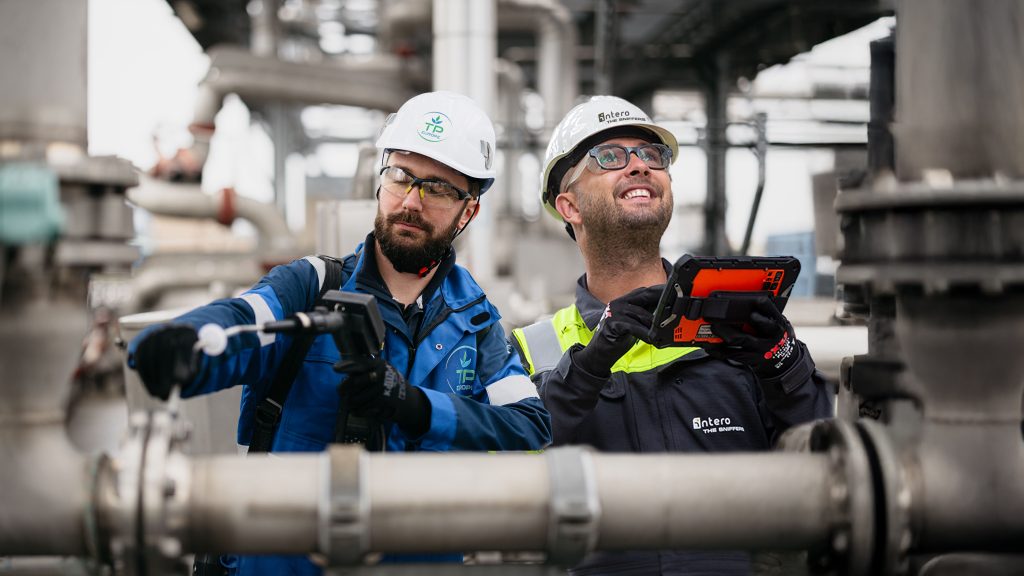Italy Methane Regulation: Comprehensive Guide for LDAR Compliance
Italy has taken a significant step towards reducing methane emissions by introducing a comprehensive regulation that targets various sectors, including oil and gas, agriculture, and waste management. This groundbreaking legislation aims to combat climate change and improve air quality across the nation. The methane regulation establishes clear guidelines and requirements for industries to monitor, report, and mitigate their methane emissions, with a strong emphasis on Leak Detection and Repair (LDAR) programs.

Introduction to Italy's Methane Regulation
The introduction of Italy’s methane regulation is a testament to the country’s commitment to environmental sustainability and its efforts to align with the European Union’s climate goals. By implementing stringent measures to control methane emissions, Italy is setting an example for other nations to follow. The regulation not only contributes to the global fight against climate change but also promotes the adoption of best practices and innovative technologies within the industrial sector.
Key Objectives and Scope of the Regulation
- Oil and gas industry
- Agriculture and livestock
- Waste management and landfills
- Wastewater treatment plants
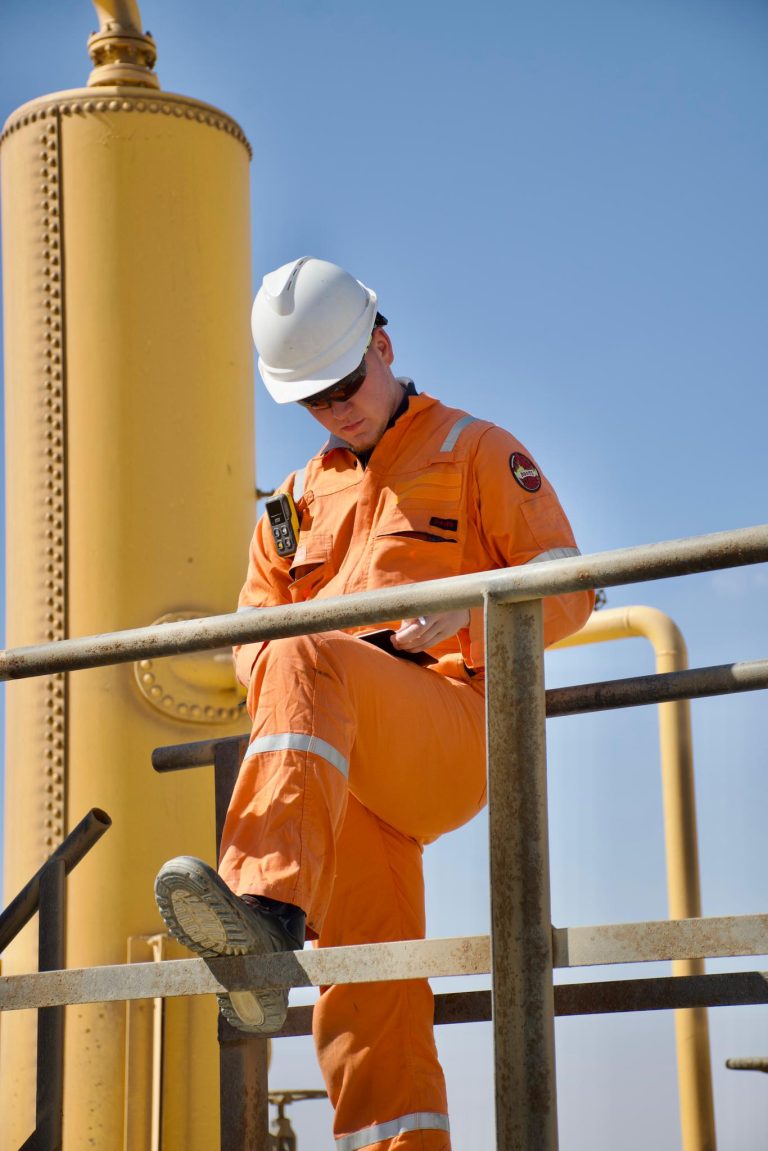
Timeline for Implementation and Compliance
To ensure a smooth transition and allow industries sufficient time to adapt, Italy’s methane regulation has set out a phased implementation timeline. The timeline takes into account the complexity of the requirements and provides a gradual approach to compliance. Let’s take a closer look at the key milestones:
Phase | Date | Requirements |
Phase 1 | January 1, 2023 | Initial reporting of methane emissions – Development of LDAR programs |
Phase 2 | July 1, 2023 | Implementation of LDAR programs – Quarterly reporting of methane emissions |
Phase 3 | January 1, 2024 | Stricter emission thresholds come into effect – Annual reporting of methane emissions |
The phased approach allows companies to progressively enhance their methane emission monitoring and mitigation capabilities. By providing clear deadlines and requirements, the regulation ensures that industries can effectively plan and allocate resources to achieve compliance.
LDAR Requirements Under the Italy Methane Regulation
Leak Detection and Repair (LDAR) programs form the cornerstone of Italy’s methane regulation. LDAR is a systematic approach to identifying and fixing methane leaks in industrial facilities, such as oil and gas pipelines, compressor stations, and storage facilities. The regulation mandates the implementation of robust LDAR programs to minimize methane emissions and maintain the integrity of industrial infrastructure.
Under the Italy methane regulation, companies are required to conduct regular LDAR surveys to identify and quantify methane leaks. These surveys involve the use of advanced detection technologies, such as optical gas imaging cameras and portable analyzers, to pinpoint the location and magnitude of leaks. By detecting leaks early, companies can take prompt action to repair them, preventing the escape of methane into the atmosphere.
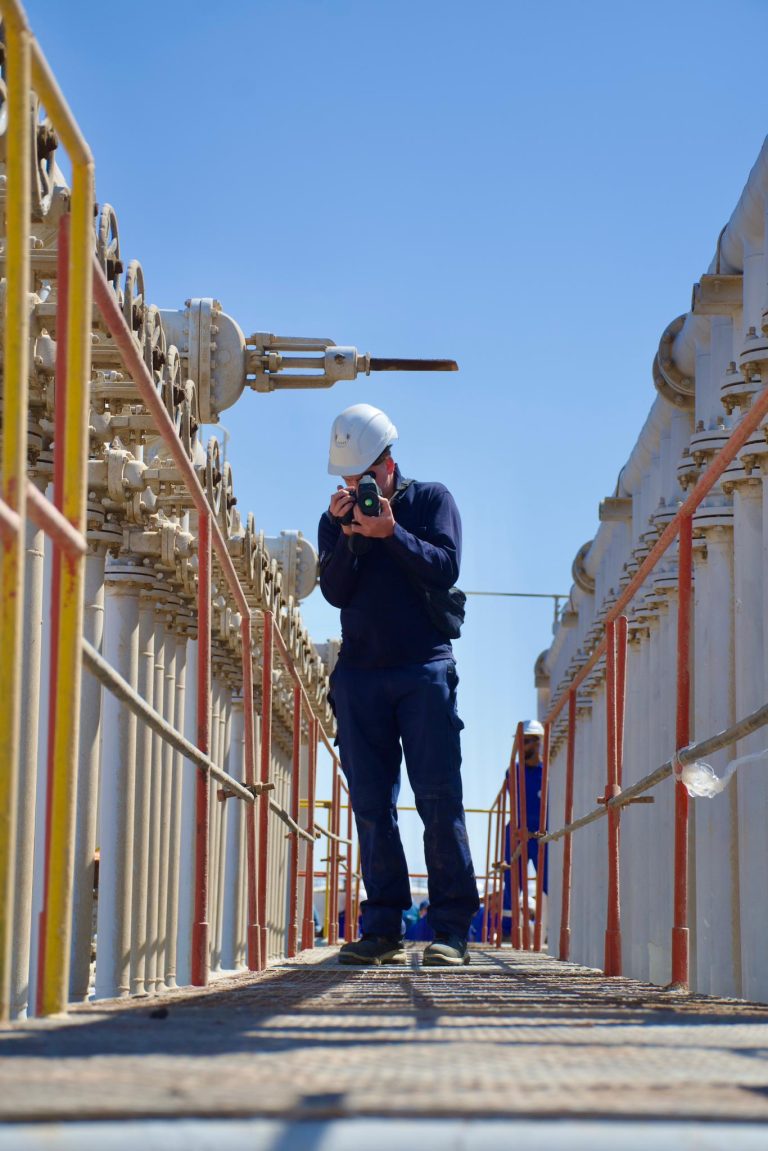
Leak Detection and Repair (LDAR) Surveys
LDAR surveys are the backbone of any effective methane emission reduction strategy. These surveys involve a systematic inspection of industrial facilities to identify and quantify methane leaks. The Italy methane regulation specifies the minimum requirements for LDAR surveys, ensuring that companies adhere to best practices and utilize state-of-the-art technologies.
During an LDAR survey, trained technicians use a variety of leak detection methods, including:
- Optical gas imaging (OGI) cameras: These specialized cameras detect methane leaks by visualizing the infrared absorption of methane gas, allowing technicians to pinpoint the exact location of leaks.
- Portable analyzers: Handheld devices, such as flame ionization detectors (FID) and photoionization detectors (PID), are used to measure the concentration of methane in the air, helping to quantify the magnitude of leaks.
- Audio, visual, and olfactory (AVO) inspections: Technicians rely on their senses to identify potential leaks by listening for hissing sounds, looking for visible signs of leaks, and detecting the distinct odor of methane.
By employing a combination of these leak detection methods, LDAR surveys provide a comprehensive assessment of methane emissions within a facility. The data collected during these surveys forms the basis for leak repair prioritization and helps companies track their progress in reducing methane emissions over time.
Frequency of LDAR Surveys
The Italy methane regulation sets out clear requirements for the frequency of LDAR surveys based on the type and size of the facility. The frequency of surveys is designed to ensure that leaks are detected and repaired in a timely manner, minimizing the environmental impact of methane emissions.
The required frequency of LDAR surveys varies depending on the facility type:
- Upstream oil and gas facilities: Quarterly surveys
- Downstream oil and gas facilities: Semi-annual surveys
- Compressor stations: Quarterly surveys
- Storage facilities: Annual surveys
These frequencies represent the minimum requirements, and companies are encouraged to conduct more frequent surveys if their facilities have a history of high methane emissions or if they have implemented advanced leak detection technologies.
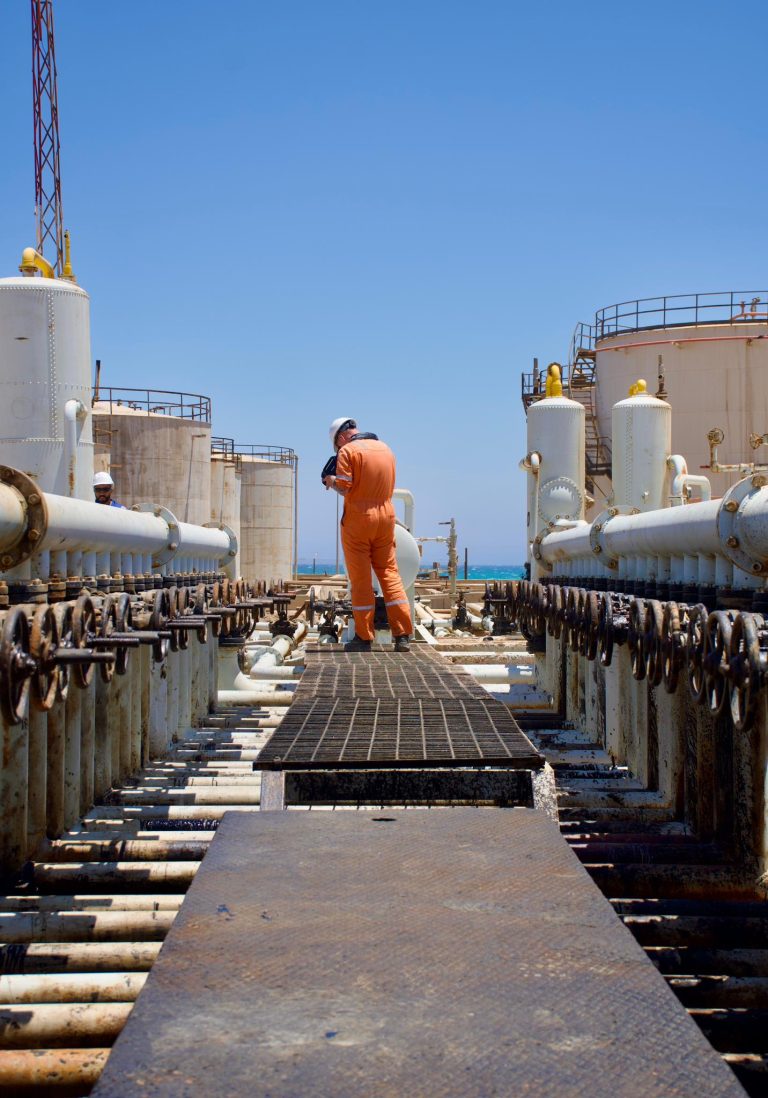

Techniques for LDAR Surveys
To ensure the effectiveness of LDAR surveys, the Italy methane regulation specifies the techniques and technologies that must be used. These techniques are based on best practices and have been proven to be effective in detecting and quantifying methane leaks.
Some of the key techniques mandated by the regulation include:
- Optical Gas Imaging (OGI): OGI cameras use infrared technology to visualize methane leaks, making them a powerful tool for leak detection. The regulation requires the use of OGI cameras that meet specific performance criteria, such as sensitivity and resolution.
- Portable Analyzers: Portable analyzers, such as flame ionization detectors (FID) and photoionization detectors (PID), are used to measure the concentration of methane in the air. These devices must be calibrated regularly to ensure accurate readings.
- Bagging and Sampling: In some cases, technicians may use bagging and sampling techniques to collect air samples from potential leak sources. These samples are then analyzed in a laboratory to determine the methane concentration.
- Leak Quantification: Once a leak is detected, technicians must quantify the leak rate using approved methods, such as the high-volume sampler (HVS) or the calibrated bag technique. This data is critical for prioritizing repairs and tracking emission reductions.
By specifying the techniques and technologies to be used in LDAR surveys, the Italy methane regulation ensures that companies are using the most effective and reliable methods to detect and quantify methane leaks. This standardization also facilitates the comparison of data across different facilities and industries.
Methane Emission Thresholds and Repair Timelines
The Italy methane regulation establishes clear thresholds for methane emissions and mandates specific timelines for leak repairs. These thresholds and timelines are designed to ensure that companies prioritize the repair of significant leaks and take prompt action to mitigate methane emissions.
The regulation defines two types of leaks based on their severity:
- Minor Leaks: Leaks with a methane concentration below 500 parts per million (ppm) are considered minor leaks. Companies are required to repair these leaks within 30 days of detection.
- Major Leaks: Leaks with a methane concentration of 500 ppm or higher are classified as major leaks. These leaks must be repaired within 5 days of detection to minimize their environmental impact.
In addition to these repair timelines, the regulation also sets out requirements for leak rechecks. After a leak has been repaired, companies must conduct a follow-up survey within 15 days to ensure that the repair was successful and that the leak has been eliminated.
By establishing clear emission thresholds and repair timelines, the Italy methane regulation ensures that companies take a proactive approach to leak management. This focus on timely repairs helps to minimize the duration and magnitude of methane emissions, reducing their overall environmental impact.
Recordkeeping and Reporting Obligations
To ensure transparency and accountability, the Italy methane regulation imposes strict recordkeeping and reporting obligations on companies. These obligations are designed to track the effectiveness of LDAR programs and monitor progress towards methane emission reduction targets.
Under the regulation, companies are required to maintain detailed records of their LDAR activities, including:
Leak detection surveys: Date, time, location, and method of each survey
- Leak repairs: Date, time, location, and method of each repair
- Leak rechecks: Date, time, location, and results of each recheck
- Calibration records: Date, time, and results of equipment calibrations
- Training records: Date, time, and participants of LDAR training sessions
In addition to these recordkeeping requirements, companies must also submit regular reports to the Italian regulatory authorities. These reports must include:
- Quarterly methane emission reports: Total methane emissions, leak detection and repair activities, and progress towards emission reduction targets
- Annual methane emission reports: Comprehensive summary of methane emissions, LDAR activities, and emission reduction achievements
These reporting obligations provide valuable data to regulatory authorities, enabling them to track the effectiveness of the methane regulation and identify areas for improvement. By requiring companies to be transparent about their methane emissions and LDAR activities, the regulation promotes accountability and encourages continuous improvement in methane emission management.
Strategies for Achieving Compliance with Italy's Methane Regulation
Complying with Italy’s methane regulation requires a proactive and strategic approach. Companies must develop and implement comprehensive LDAR programs, adopt best practices for leak detection and repair, leverage advanced technologies, and invest in employee training. Let’s explore some key strategies for achieving compliance and reducing methane emissions.

Developing an Effective LDAR Program
The foundation of compliance with Italy’s methane regulation is a well-designed and effectively implemented LDAR program. An LDAR program is a systematic approach to identifying, quantifying, and repairing methane leaks in industrial facilities. To develop an effective LDAR program, companies should:
- Conduct a thorough assessment of their facilities to identify potential leak sources and high-risk areas.
- Establish clear procedures for leak detection surveys, leak repairs, and leak rechecks.
- Invest in state-of-the-art leak detection technologies, such as optical gas imaging cameras and portable analyzers.
Train employees on LDAR procedures and leak detection techniques. - Set ambitious yet achievable methane emission reduction targets and track progress regularly.
By taking a proactive and comprehensive approach to LDAR, companies can effectively identify and mitigate methane leaks, ensuring compliance with the regulation and minimizing their environmental impact.
Best Practices for Leak Detection and Repair
To maximize the effectiveness of LDAR programs, companies should adopt best practices for leak detection and repair. These best practices are based on industry experience and have been proven to be effective in reducing methane emissions. Some key best practices include:
- Conducting frequent leak detection surveys: More frequent surveys allow for earlier detection and repair of leaks, minimizing the duration and magnitude of methane emissions.
- Prioritizing leak repairs based on severity: By prioritizing the repair of major leaks, companies can achieve significant emission reductions quickly and efficiently.
- Using a combination of leak detection methods: Employing multiple leak detection methods, such as optical gas imaging, portable analyzers, and audio, visual, and olfactory inspections, ensures a comprehensive and reliable approach to leak detection.
- Implementing preventive maintenance programs: Regular maintenance of equipment and components can prevent leaks from occurring in the first place, reducing the need for reactive repairs.
- Conducting regular equipment calibrations: Ensuring that leak detection equipment is properly calibrated is crucial for accurate leak detection and quantification.
By adopting these best practices, companies can enhance the effectiveness of their LDAR programs, achieve greater methane emission reductions, and demonstrate their commitment to environmental stewardship.


Leveraging Technology for Efficient LDAR Surveys
Technology plays a crucial role in the effectiveness and efficiency of LDAR surveys. Advanced leak detection technologies, such as optical gas imaging cameras and portable analyzers, enable companies to quickly and accurately identify methane leaks, even in hard-to-reach or hazardous areas.
Some of the key technologies that companies should consider leveraging for their LDAR surveys include:
- Optical Gas Imaging (OGI) Cameras: OGI cameras use infrared technology to visualize methane leaks, making them a powerful tool for leak detection. These cameras can scan large areas quickly and identify leaks from a safe distance, reducing the time and risk associated with traditional leak detection methods.
- Portable Analyzers: Portable analyzers, such as flame ionization detectors (FID) and photoionization detectors (PID), provide accurate measurements of methane concentrations in the air. These devices are essential for quantifying the magnitude of leaks and prioritizing repairs.
- Drones and Aerial Surveys: Drones equipped with methane detection sensors can be used to conduct aerial surveys of large facilities or hard-to-reach areas. This technology allows for efficient and cost-effective leak detection, particularly in remote or dangerous locations.
- Continuous Monitoring Systems: Continuous monitoring systems, such as fixed-point sensors or mobile monitoring platforms, provide real-time data on methane emissions. These systems can alert operators to leaks as soon as they occur, enabling rapid response and repair.
By leveraging these technologies, companies can enhance the efficiency and effectiveness of their LDAR surveys, reduce the time and cost associated with leak detection, and ultimately achieve greater methane emission reductions.
Training and Certifying LDAR Personnel
The success of an LDAR program depends on the skills and knowledge of the personnel conducting leak detection surveys and repairs. To ensure that LDAR personnel are properly trained and qualified, the Italy methane regulation requires companies to provide comprehensive training and certification programs.
LDAR training should cover a range of topics, including:
Principles of methane emission detection and quantification
- Leak detection techniques and technologies
- Leak repair procedures and best practices
- Safety protocols and hazard identification
- Recordkeeping and reporting requirements
In addition to initial training, companies should also provide ongoing training and refresher courses to ensure that LDAR personnel stay up-to-date with the latest technologies, techniques, and regulatory requirements.
Certification programs, such as the Certified Optical Gas Imaging Thermographer (COGIT) or the Certified Industrial Leak Detection and Repair Technician (CILDT), provide third-party validation of an individual’s skills and knowledge. By requiring LDAR personnel to obtain and maintain relevant certifications, companies can ensure that their LDAR programs are staffed by qualified and competent individuals.
Investing in the training and certification of LDAR personnel is a critical component of achieving compliance with Italy’s methane regulation. By equipping their teams with the necessary skills and knowledge, companies can ensure that their LDAR programs are effective, efficient, and in full compliance with regulatory requirements.
Navigating the Italy Methane Regulation Landscape
Navigating the complex landscape of Italy’s methane regulation can be challenging for companies. The regulation introduces new requirements, deadlines, and compliance obligations that require careful planning and execution. To successfully navigate this landscape, companies must stay informed about regulatory developments, collaborate with industry stakeholders, and seek guidance from experts when needed.
Collaborating with Regulators and Industry Stakeholders
- Participating in stakeholder meetings and workshops: Regulators often hold stakeholder meetings and workshops to discuss the implementation of the methane regulation and gather feedback from industry. By participating in these events, companies can provide input on regulatory guidance, share their experiences, and learn from others.
- Joining industry associations: Industry associations, such as the Italian Gas Committee (Comitato Italiano Gas) or the Italian Association of Oil and Gas Companies (Assomineraria), provide a platform for companies to collaborate on regulatory issues, share best practices, and advocate for their interests.
- Engaging in pilot projects and research initiatives: Collaborating with regulators and research institutions on pilot projects and research initiatives can help companies stay at the forefront of methane emission reduction technologies and practices. These projects can also provide valuable data and insights to inform regulatory decision-making.
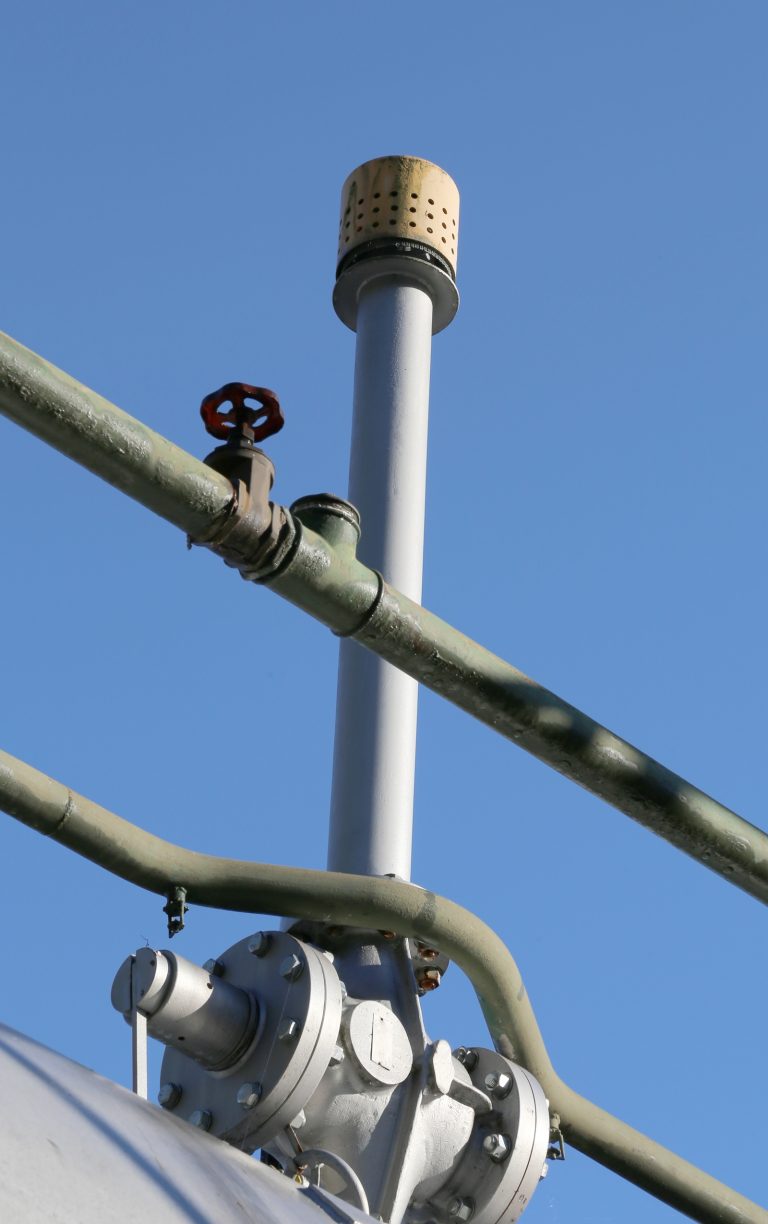
Staying Updated on Regulatory Changes and Guidance
Some ways in which companies can stay updated on regulatory changes and guidance include:
- Monitoring regulatory websites and publications: The Italian Ministry of Environment and the Italian Regulatory Authority for Energy, Networks and Environment (ARERA) regularly publish updates and guidance documents on their websites. Companies should monitor these websites for new information and subscribe to relevant email alerts or newsletters.
- Attending industry conferences and webinars: Industry conferences and webinars often feature presentations and panel discussions on regulatory developments and compliance strategies. By attending these events, companies can learn from experts, share their own experiences, and stay up-to-date with the latest regulatory changes.
- Engaging with legal and compliance experts: Companies should consider engaging with legal and compliance experts who specialize in environmental regulations. These experts can provide valuable guidance on interpreting regulatory requirements, developing compliance strategies, and staying informed about regulatory changes.
By staying updated on regulatory changes and guidance, companies can ensure that their compliance strategies remain effective and aligned with the latest requirements. This proactive approach to regulatory compliance can help companies avoid costly penalties, protect their reputation, and demonstrate their commitment to environmental stewardship.
Importance of LDAR in Reducing Methane Emissions
Leak Detection and Repair (LDAR) programs are the cornerstone of Italy’s methane regulation and a critical tool in reducing methane emissions. By systematically identifying and repairing methane leaks, LDAR programs can significantly reduce the environmental impact of industrial facilities.
The importance of LDAR in reducing methane emissions cannot be overstated. Methane is a potent greenhouse gas, with a global warming potential 84 times greater than carbon dioxide over a 20-year period. By reducing methane emissions through LDAR programs, companies can make a significant contribution to mitigating climate change and protecting public health.
Moreover, LDAR programs can also provide economic benefits to companies. By identifying and repairing leaks, companies can reduce product losses, improve operational efficiency, and avoid costly penalties for non-compliance. In this way, LDAR programs can be a win-win solution, benefiting both the environment and the bottom line.

Embracing the Italy Methane Regulation for Sustainable Operations
Embracing Italy’s methane regulation is not just a matter of compliance; it is an opportunity for companies to demonstrate their commitment to sustainability and environmental stewardship. By proactively implementing LDAR programs, adopting best practices for leak detection and repair, and investing in employee training and advanced technologies, companies can position themselves as leaders in the fight against climate change.
Moreover, embracing the methane regulation can also help companies build trust with stakeholders, including investors, customers, and the public. As consumers become increasingly aware of the environmental impact of their choices, companies that prioritize sustainability and transparency are likely to be rewarded with increased loyalty and market share.
In conclusion, Italy’s methane regulation presents both challenges and opportunities for companies operating in the industrial sector. By developing effective LDAR programs, staying informed about regulatory developments, and collaborating with industry stakeholders, companies can successfully navigate this new landscape and contribute to a more sustainable future. The fight against climate change requires bold action and leadership from all sectors of society, and by embracing the Italy methane regulation, companies can play a vital role in this critical effort.
CCO TP Europe.
Joey, Chief Commercial Officer at TP Europe, thrives in sales, drawing satisfaction from client happiness and the company's growth. His dedication to staying connected to the field and ambition for global expansion are key to driving our mission forward.
Published: Tp Europe

